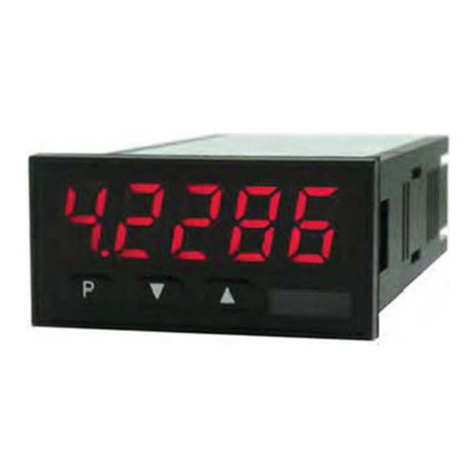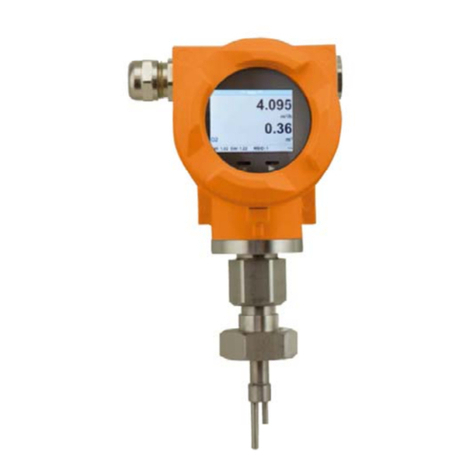Kobold SWK 1201 User manual
Other Kobold Measuring Instrument manuals
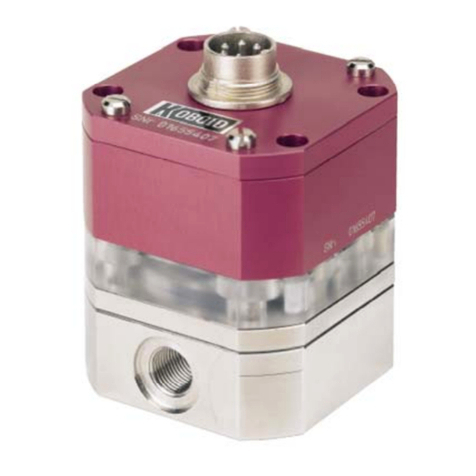
Kobold
Kobold LFM User manual
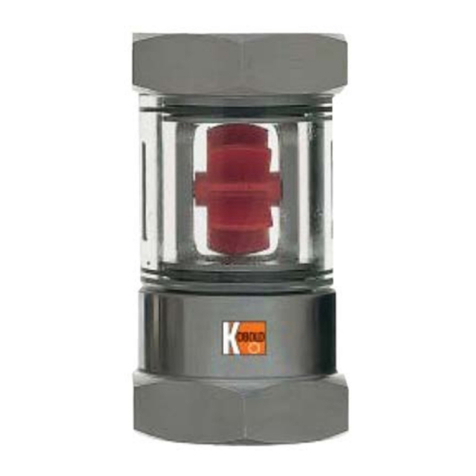
Kobold
Kobold DAH User manual

Kobold
Kobold HND-P231 User manual
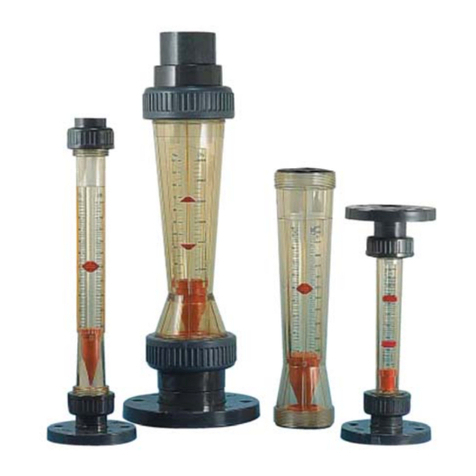
Kobold
Kobold KSM-**001 User manual

Kobold
Kobold MIK Series User manual

Kobold
Kobold Heinrichs TMU-W Series User manual

Kobold
Kobold DRS 0 Series User manual
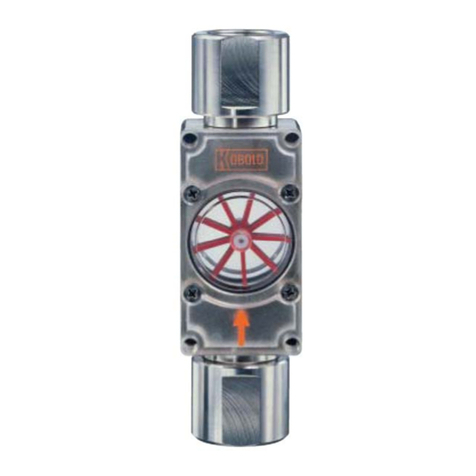
Kobold
Kobold DAF-11 Series User manual

Kobold
Kobold HND-R106 User manual
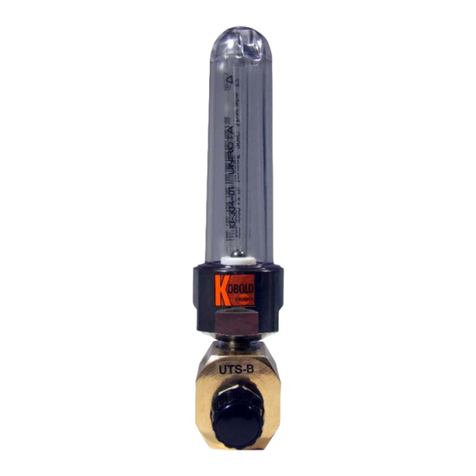
Kobold
Kobold UTS User manual

Kobold
Kobold NZJ User manual

Kobold
Kobold HND-F205 User manual
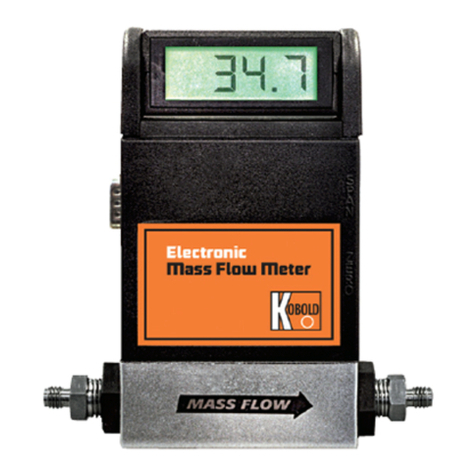
Kobold
Kobold MAS Series User manual
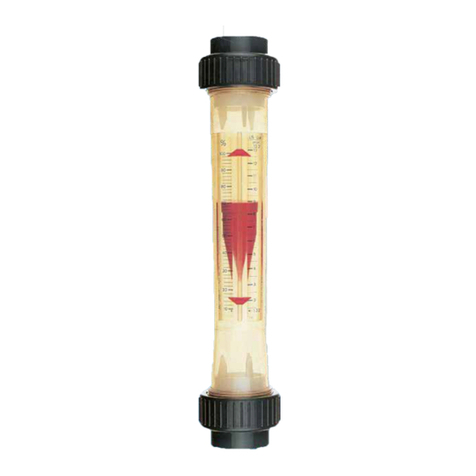
Kobold
Kobold KSM Series User manual
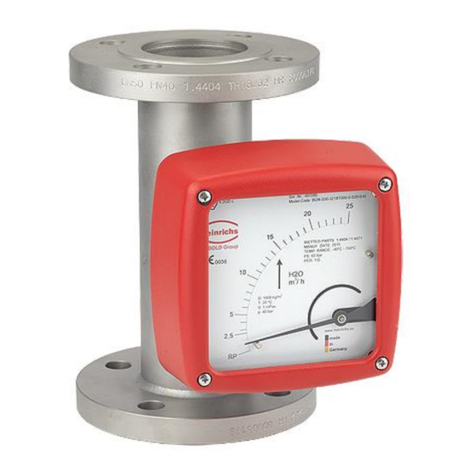
Kobold
Kobold Heinrichs BGN Series User manual

Kobold
Kobold OMG User manual

Kobold
Kobold DVK-12 User manual

Kobold
Kobold Heinrichs V31 User manual
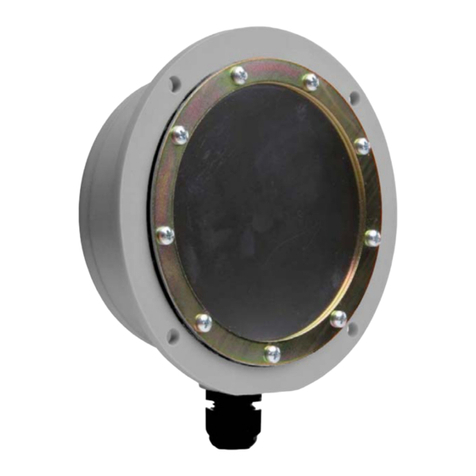
Kobold
Kobold NMF User manual

Kobold
Kobold DON-L Series User manual
Popular Measuring Instrument manuals by other brands

Powerfix Profi
Powerfix Profi 278296 Operation and safety notes

Test Equipment Depot
Test Equipment Depot GVT-427B user manual

Fieldpiece
Fieldpiece ACH Operator's manual

FLYSURFER
FLYSURFER VIRON3 user manual

GMW
GMW TG uni 1 operating manual

Downeaster
Downeaster Wind & Weather Medallion Series instruction manual

Hanna Instruments
Hanna Instruments HI96725C instruction manual

Nokeval
Nokeval KMR260 quick guide

HOKUYO AUTOMATIC
HOKUYO AUTOMATIC UBG-05LN instruction manual

Fluke
Fluke 96000 Series Operator's manual

Test Products International
Test Products International SP565 user manual

General Sleep
General Sleep Zmachine Insight+ DT-200 Service manual

